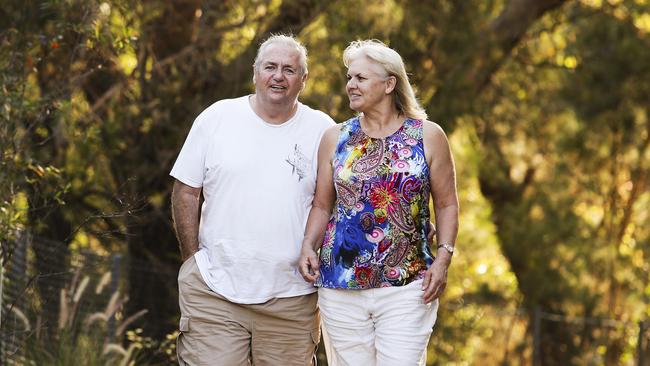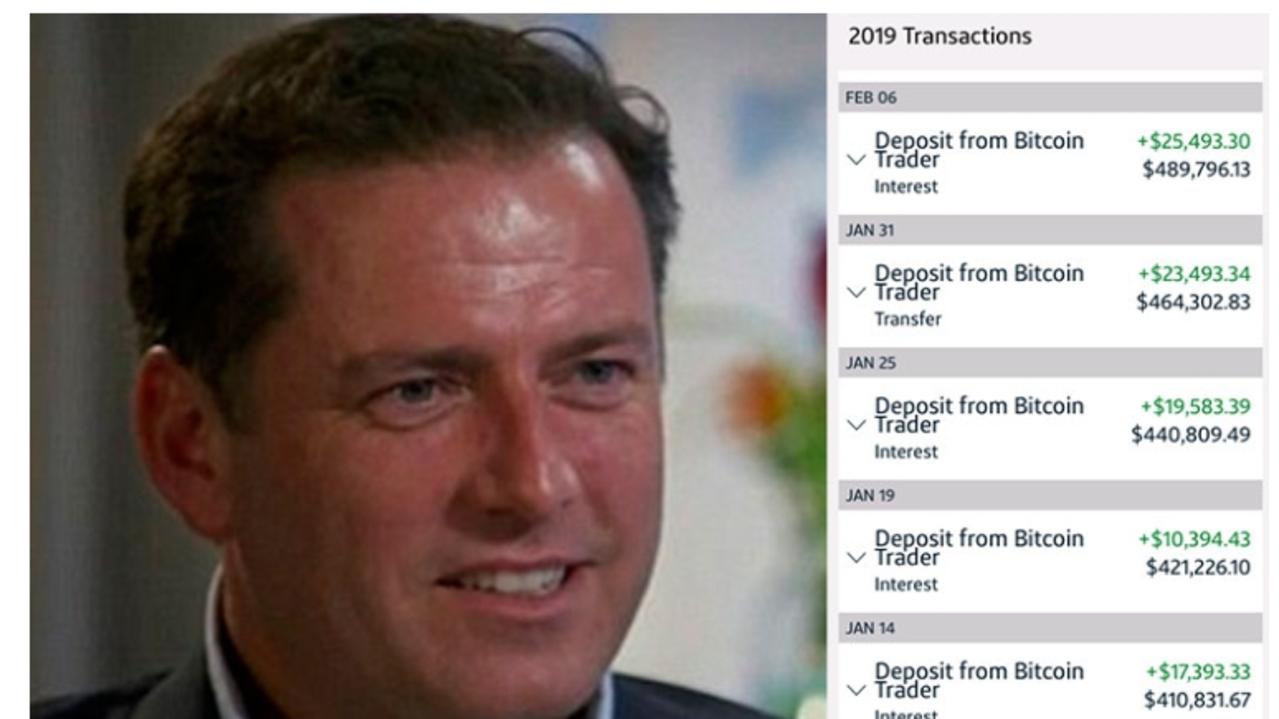Public Defender: Fat fingers lead to hefty $11m blowout
AUSTRALIANS are losing $11 million every year just by entering the wrong account details while using internet banking.
Public Defender
Don't miss out on the headlines from Public Defender. Followed categories will be added to My News.
AUSTRALIANS are losing $11 million every year just by entering the wrong account details while using internet banking.
The Daily Telegraph today reveals the cost and extent of fat-finger finance fails for the first time after obtaining official — and previously secret — figures using freedom of information laws. In a three-month period in 2015, banks received 6999 requests for the return of $13 million of payments sent in error.
Annualised, this suggests about 28,000 households sent $52 million in error in 2015. A quarter of this could not be retrieved, data obtained from the Australian Securities and Investments Commission (ASIC) shows. It is the only set of comprehensive numbers on mistaken internet payments.
Got a legal question? Get live and free answers from our experts via this link NOW
In five out of every six cases, the cause of the error was the customer entering incorrect account details, meaning so-called “fat fingers” cost people $11 million. The rest of the errors occurred due to selection of the wrong payee. There is no double-entry requirement when making internet transfers. Consumer groups say this is ridiculous, given double-entry is required for just about everything else on the internet, including changing email passwords.

The reason there is no requirement for double-entry is that banks successfully resisted efforts to introduce it into the official ePayments code overseen by ASIC.
One bank estimated it would cost up to $500,000. Australia’s four largest banks’ collective annual profit is more than $30 billion.
ASIC had identified double-entry was a better form of protection for consumers than the option that got adopted: a warning message.
It found that an option including double-entry would “would reduce the risk of mistaken payments from happening in the first place”, leading to less trouble for banks and ombudsmen.
ASIC also found the warning message option did not have as much potential to improve the robustness of the internet banking system as double-entry.
But it went with the warning option because the ePayments code was voluntary and hence required “consensus”.
The Daily Telegraph sought the mistaken payments data under freedom of information laws after ASIC refused to release the figures voluntarily.
A new payments billion-dollar payments platform being developed by the banks may reduce the number of mistaken payments, industry sources said.
Don’t bank on help
AN erroneous $5000 payment by Kevin and Janina Farrell is much more complex than clumsy typing.
Soon after they used internet banking to pay $5000 for a second-hand car, the seller told them he hadn’t received it. They paid again and immediately asked their bank to get the first payment back. It asked the recipient bank to attempt retrieval.

But this failed because the initial $5000 had already been transferred out. That threw up a red flag for the recipient bank, because under the ePayments code, if a person who makes a mistaken internet payment reports it immediately, the recipient bank can take back the money
without asking.
The recipient bank has now urged the Farrells and the sending bank to file a police report on suspicion that the seller and the recipient of the first sum are fraudsters.


